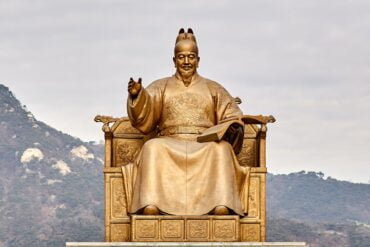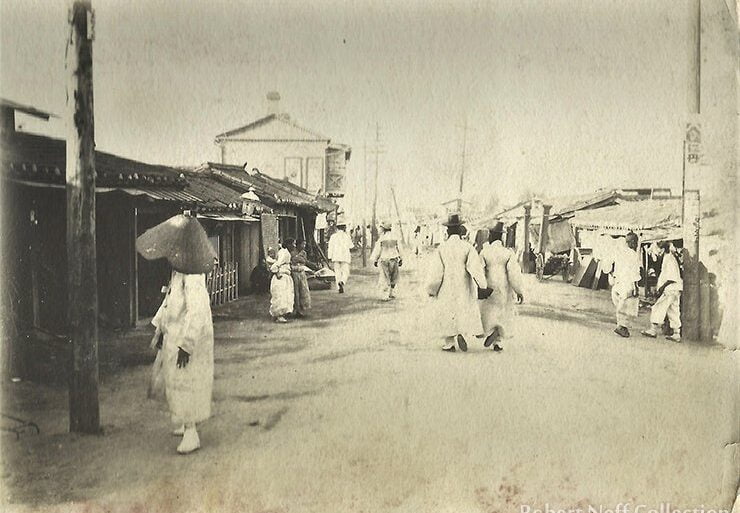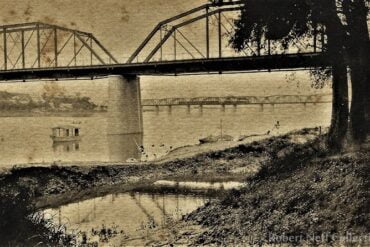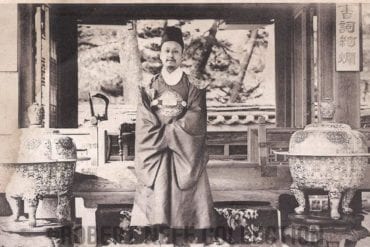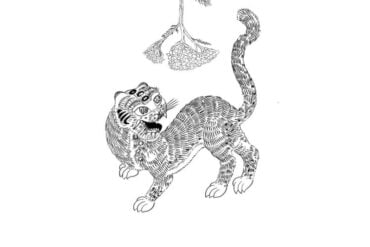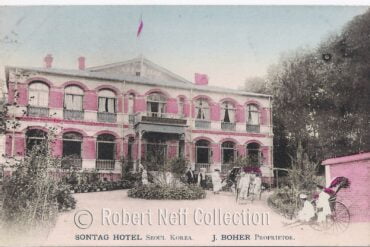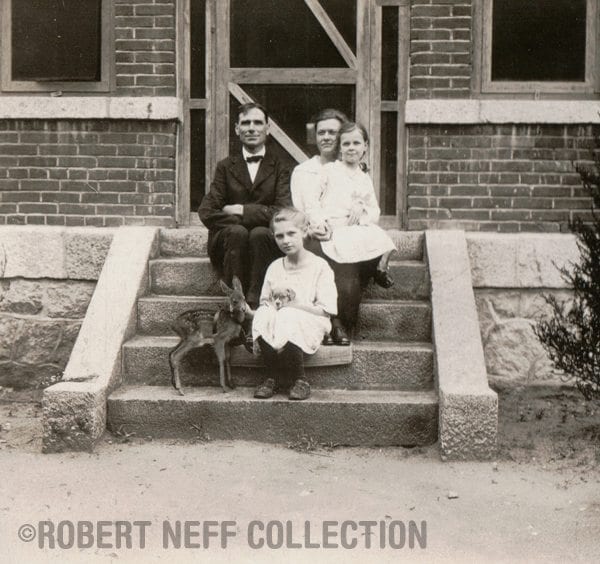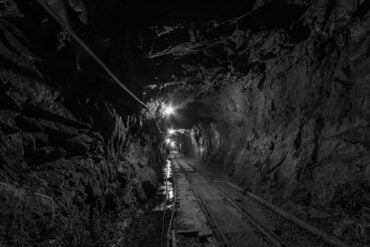History isn’t without its foibles and quirks. If it’s not lack a of information about Shakespeare, then it’s the real...
To this day the first day of Korean Lunar New Year (Seol) has always been the most important family holiday,...
Photos from the collection of Robert Neff Prior to the marvels of the computer and its email service or the smartphone and its Kakao program, snail mail was the only economical way that foreigners in Korea could keep in touch with their families back home: postal service. Snail mail, as...
A little over a century ago, land travel in Korea was fraught with difficulty. There were only a few roads—generally nothing...
Korean History: The American Empress Photos from the Robert Neff Collection It was once a widespread belief that Korea was...
Photos from the collection of Robert Neff One of the most valued animals in Joseon Korea was the Korean bull, which was used for transportation, food and leather. Westerners described these bulls as “noble” and “splendid beasts” that were not only “remarkably handsome” but very “tractable.”, thus the name of...
Life at the Western gold mines in northern Korea was dangerous both inside and out in the 19th and early...
Modern Seoul is filled with hotels and getting a room is generally not much of a problem, but it wasn’t...
Life in Korea during the late 19th and early 20th centuries was hard – physically, emotionally, and spiritually – and often dangerous. In the late 19th and early 20th centuries, most Westerners lived in Seoul, Pyongyang, Chemulpo (Incheon), Fusan (Busan) or on the gold mining concessions in northern Korea and...
50 years after the Californian gold rush of 1849, a group of Americans embarked on a much longer journey for...



